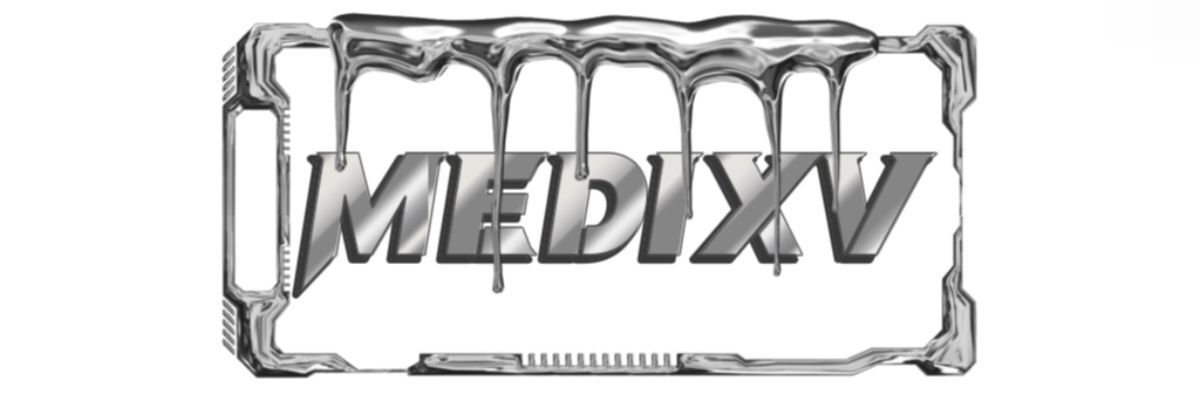Top Sutures Instruments: Your Essential Guide for Optimal Use
Understanding Sutures and Their Importance
Sutures are an essential component of modern medicine, particularly in surgical procedures. They serve to close wounds or incisions, ensuring proper healing and minimizing the risk of infection. The choice of suture material and technique significantly impacts patient outcomes, making familiarity with suture instruments crucial for healthcare professionals.Types of Sutures
Before diving into the instruments used in suturing, it’s important to understand the types of sutures available. Sutures can be classified into two main categories: absorbable and non-absorbable. Absorbable sutures break down naturally in the body over time, making them ideal for internal wounds where removal is not feasible. Non-absorbable sutures, on the other hand, require removal after healing, making them suitable for external wounds.Furthermore, sutures come in various materials, including silk, nylon, and polypropylene. Each material has its specific attributes and uses, which can affect healing and the final outcome of the surgical procedure.Essential Suture Instruments
A range of instruments is necessary for optimal suture application. Here are some of the most important:1. **Needle Holders**: These instruments are designed to securely grasp suture needles, allowing for precise control during suturing. High-quality needle holders feature a ratchet mechanism for a strong grip and ease of use.2. **Scissors**: Surgical scissors, particularly those tailored for cutting sutures, are vital for the procedure. They come in various shapes and sizes, including straight and curved blades, that allow for access to different wound types and locations.3. **Forceps**: Tissue forceps are essential for grasping and holding tissue in place while suturing. The serrated or smooth tips provide varying levels of grip, depending on the tissue type.4. **Suture Guides**: These are specialized devices that help in the accurate placement of sutures. They ensure consistent distances and angles, thus promoting uniform healing and reducing scarring.5. **Suture Removal Kits**: After the healing process, non-absorbable sutures need to be carefully removed. Kits typically include scissors and a disposable forceps for safe and efficient suture removal.Best Practices for Suture Use
When utilizing suture instruments, adhering to best practices is paramount. Awareness of the sterile technique is crucial to minimize infection risks. Make sure all instruments are properly sterilized and handled with care.Additionally, selecting the appropriate suture based on the wound type, location, and patient condition is essential. Carefully consider the technique to ensure optimal tension on the sutures, which can influence healing efficacy.Practicing suturing skills, whether through simulations or supervised environments, can greatly enhance proficiency and confidence among medical professionals.Conclusion
Mastering the use of suture instruments is vital for healthcare practitioners involved in surgical procedures. Understanding the types, uses, and best practices ensures the best outcomes for patients. With advancements in suture technology and instrumentation, providers are better equipped to deliver high-quality care.If you have further questions about suture instruments or would like advice tailored to your practice, feel free to contact us for more information.For more Sutures Instruments, Disposable Instruments Medical, Instruments Used Endoscopic Surgeryinformation, please contact us. We will provide professional answers.
Explore more:How to Choose Surgical Suturing Instruments?

Comments
0